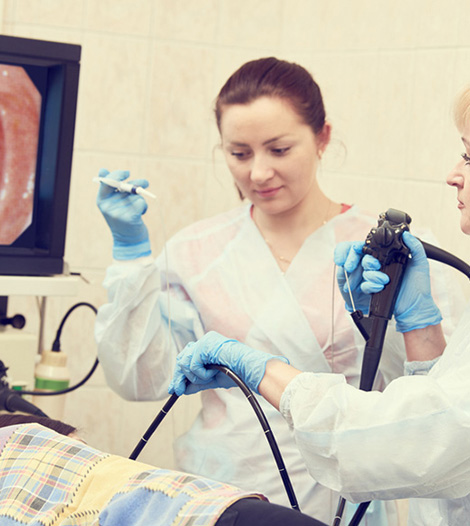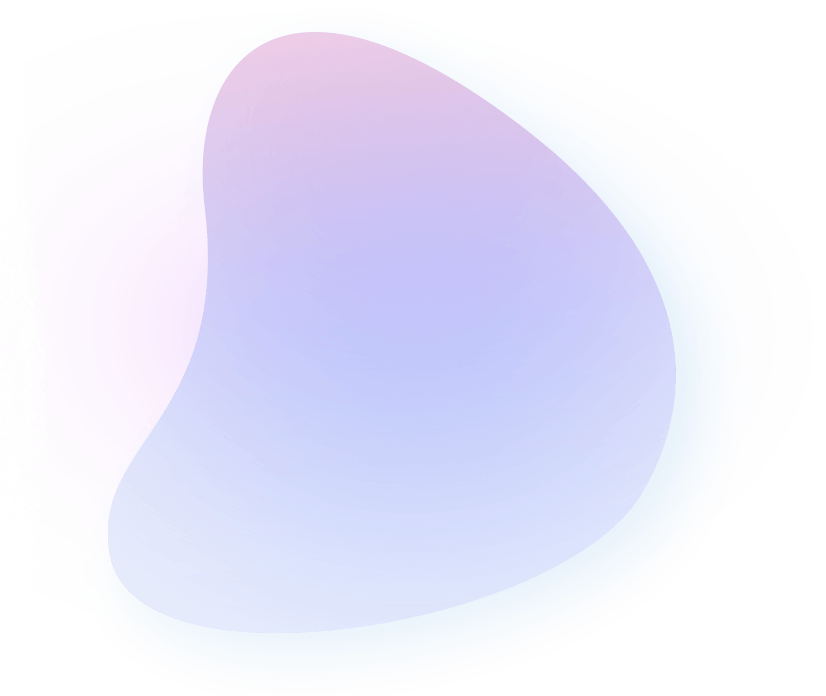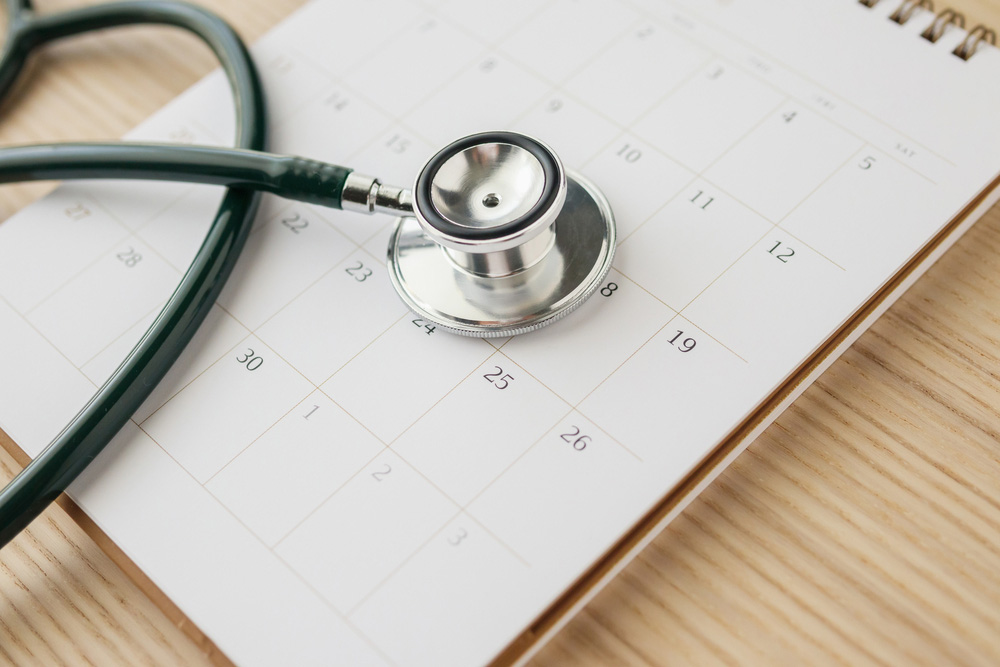Procedures
Upper GI Endoscopy (UGIE) or Esophagogastroduodenoscopy (EGD)
- An upper GI endoscopy looks at the upper part of the gastrointestinal tract including the esophagus, the stomach and the first part of the small intestine, called the duodenum. The esophagus is a hollow tube that carries the food to the stomach and small intestine for digestion.
- The gastroenterologist uses an endoscope, a long, thin, flexible tube with a light and camera at the end to help guide the scope throughout the duration of the procedure. The camera on the end helps the physician both guide the endoscope throughout the length of the upper GI tract, and take pictures.
- Gastroenterologists commonly perform this procedure as a way to evaluate and diagnose various problems, such as chronic heartburn (acid reflux), difficulty swallowing, stomach or abdominal pain, bleeding, ulcers and tumors.
- The patient remains comfortable during the procedure with the help of local and/or intravenous sedation. The drug enables the patient to remain awake and comfortable throughout the procedure.


Patient preparation for the procedure
The procedure normally takes 2-5 minutes. Once the medication dissipates, the patient may feel soreness in the back of the throat. (if i.v. sedation given) the patient waits in the recovery room while the anesthetic wears off. Due to the lingering effects from the sedation, the patient cannot drive or work for the remainder of the day, and therefore must have a ride home.

Dr. Kunal Das
Book an Appointment
Ready to take the first step towards better digestive health?
Schedule your appointment with Dr. Kunal Das today. With convenient booking options, personalized consultations, and compassionate care, we’re here to support you on your journey to optimal wellness.

